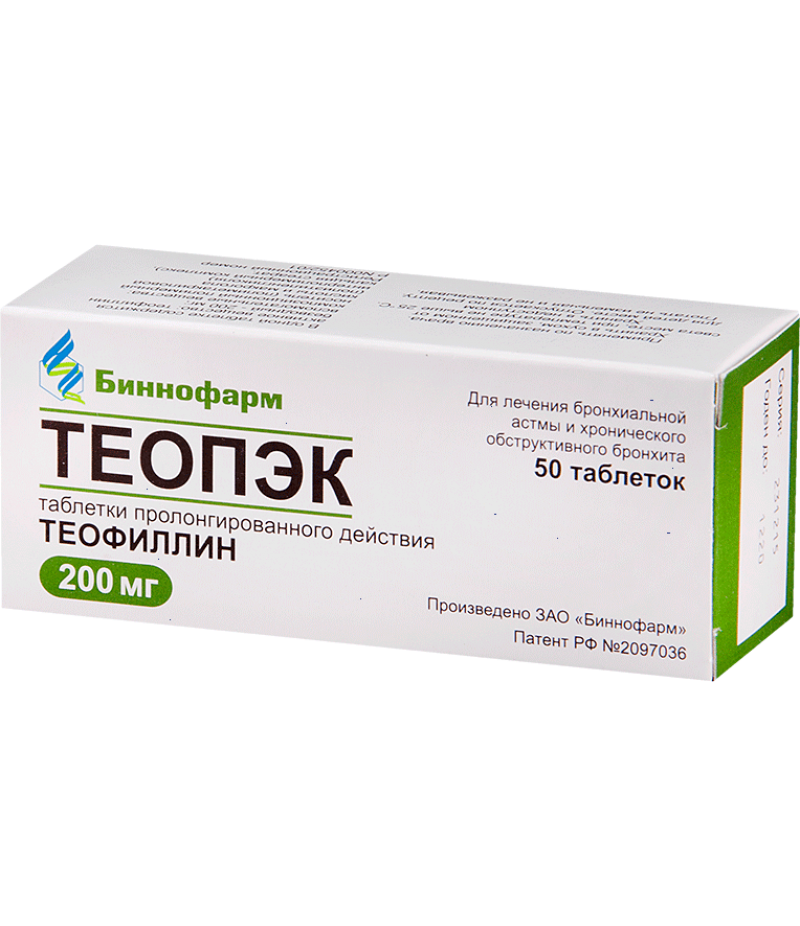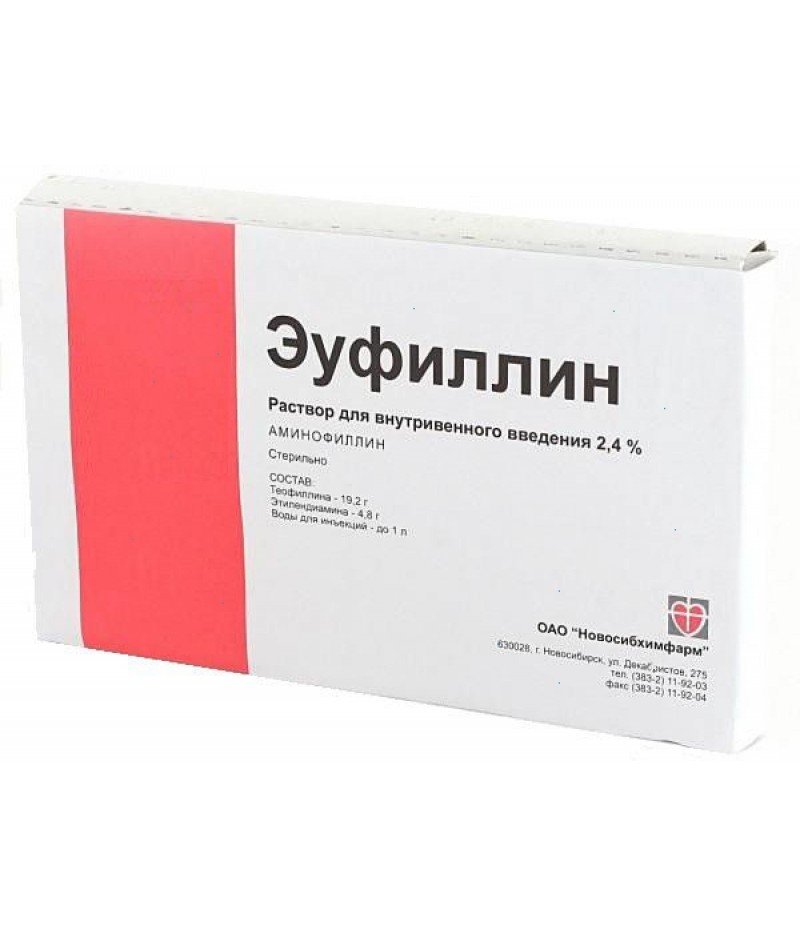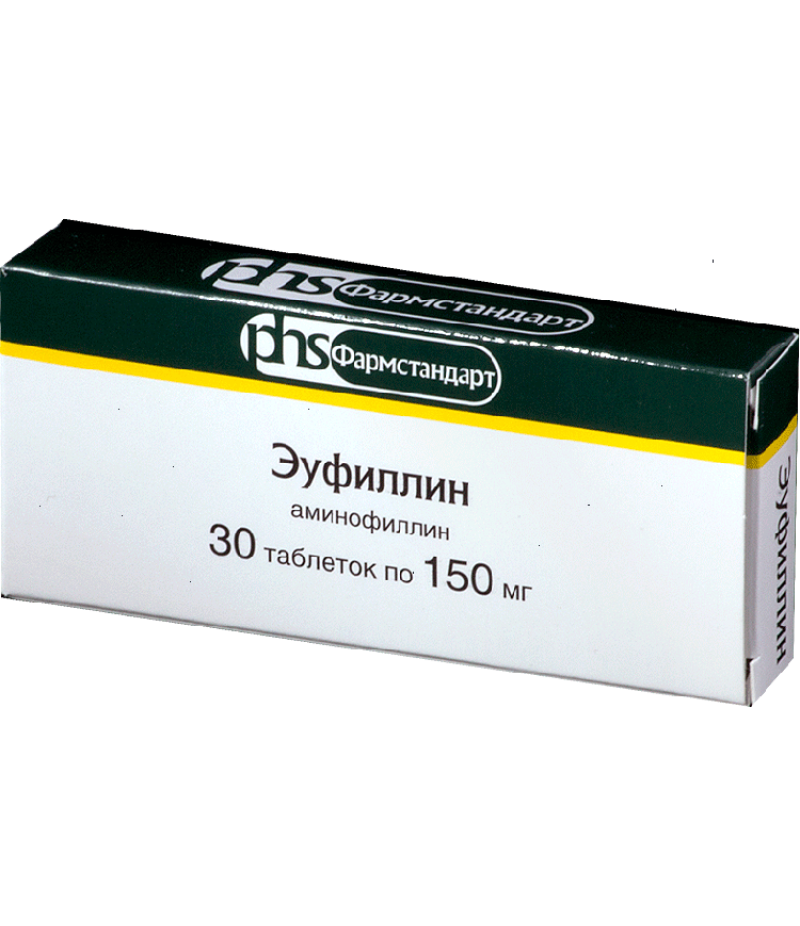Theopec tabs 200mg #50
- $14.35
- 3 or more $13.99
- Availability:In Stock
Instruction for TheopecReed more and buy Theopec hereCompositionWhite tablet contains 100, 200, 300 mg of active substance theophylline.Additional components: Ca stearate, interpolymer complex from macrogol and polymethacrylic aci..
Tags: tabs
Instruction for Theopec
Reed more and buy Theopec here
Composition
White tablet contains 100, 200, 300 mg of active substance theophylline.
Additional components: Ca stearate, interpolymer complex from macrogol and polymethacrylic acid.
Form of issue
Round white tablets with a facet and special risk are packed in a contour packing with cells of 10 pieces each.
In a pack of cardboard is an instruction and 5 blisters with tablets.
pharmachologic effect
The purine derivative is an inhibitor of phosphodiesterase.
The principle of action is based on blocking specific purine receptors, stimulating cAMP accumulation in tissue depots, reducing the contractility of smooth muscle tissue, reducing the amount of calcium ions passing through the cell membranes.
The drug has a vasodilating effect, which is manifested in relation to peripherally located vessels. The active substance strengthens the bloodstream of the renal system, relaxes the smooth muscle system of the bronchi and blood vessels.
A moderate diuretic, diuretic effect is characteristic. The drug prevents the release and release of mediators of allergic responses, stabilizes the cell membrane of mast cells. With hypokalemia, the active component enhances pulmonary ventilation.
The medication normalizes the work of the respiratory system, providing a full saturation of blood with oxygen, while reducing the level of carbon dioxide. Stimulation of the respiratory center was registered. The drug stimulates and enhances the contractile ability of the diaphragm, increases the rate of mucociliary clearance, improves the functioning of the intercostal and respiratory muscles.
The active substance normalizes microcirculation, reduces thrombus formation, inhibits platelet aggregation by suppressing a specific factor, improves blood rheology, increases the resistance of blood cells of erythrocytes to deformation.
The drug reduces the overall pressure in a small circle of blood circulation, reduces vascular resistance in the pulmonary system, reduces the vascular tone of the skin, brain and kidneys.
The medication strengthens the coronary blood flow, stimulates the heart, increases the need for myocardial cells in oxygen, increases the pulse and increases the strength of the heart contractions.
Pharmacodynamics and pharmacokinetics
After oral intake, the active substance is completely absorbed from the lumen of the digestive tract. Eating can affect the clearance of theophylline, the rate of absorption, but not the degree. With plasma proteins binds to 40%. Metabolism is carried out in the hepatic system with the participation of cytochrome P450 isoenzymes.
Active metabolites are excreted through the renal system, 10% are excreted in an unchanged, original form. Metabolic factors are influenced by factors such as smoking, age, diet, parallel medication, concomitant pathology. With COPD, edema of the lungs, chronic alcoholism, pathology of the hepatic system, heart failure, a decrease in clearance is recorded.
Indications for use (from which tablets Theopec)
Bronchoobstruction of various origin:
emphysema of the lungs;
chronic obstructive bronchitis;
bronchial asthma;
night apnea;
pulmonary heart;
pulmonary hypertension.
Theopec 300 mg can be used in the treatment of edematous renal syndrome (together with other medicines).
Contraindications
hemorrhagic stroke;
peptic ulcer of the digestive tract;
epilepsy;
severe forms of tachyarrhythmias;
bleeding from the digestive system in anamnesis;
individual hypersensitivity;
arterial hypotension and hypertension;
gastritis with high acidity of gastric juice;
age restrictions - up to 12 years.
Side effects
Nervous system:
insomnia;
tremor of extremities;
irritability;
headache;
dizziness;
nervous overexcitation;
increased anxiety.
The cardiovascular system:
cardialgia;
a drop in blood pressure;
feeling of irregularities in the work of the heart;
cardiopalmus;
increased frequency of angina attacks;
arrhythmias.
The digestive tract:
decreased appetite;
gastralgia;
gastroesophageal reflux;
nausea;
exacerbation of gastrointestinal ulcer;
heartburn;
vomiting;
diarrheal syndrome.
Other reactions:
tachypnea;
feeling of blood flow to the face;
pain in the chest;
allergic responses;
fever;
itching;
increased sweating;
increased diuresis;
hematuria;
albuminuria;
hypoglycemia.
When the dose decreases, the severity of negative reactions decreases.
Instructions for use Theopec (Method and dosage)
Treatment scheme is selected individually. The average initial daily dosage is 400 mg. It is possible to increase the dose by 25% every 2-3 days, with good tolerability of the drug Teopec (the calculation is made from the initial dose).
The maximum amount of a medicine that does not require obligatory control of the level of theophylline in the blood is 900 mg / day.
Instruction for the use of Theopec requires the control of the level of active substance in the blood in the event of any signs of intoxication. The optimal dosages range from 10-20 μg / ml.
An increase in this dose does not provide a significant enhancement of the effect, but it provokes an increase in the severity of negative reactions. When the dose is reduced, the therapeutic effect is weakened.
Overdose
ventricular arrhythmias;
diarrhea;
decreased appetite;
bleeding from the digestive tract;
insomnia;
tachycardia;
hyperemia of the skin;
tachypnea;
convulsions;
vomiting with blood;
tremor;
photophobia;
anxiety;
hyperexcitation.
Severe poisoning manifests itself:
a drop in blood pressure;
development of epileptic seizures;
confusion of consciousness;
hypokalemia;
hyperglycaemia;
metabolic acidosis;
renal insufficiency with myoglobinuria.
Effective gastric lavage, the intake of enterosorbents, laxatives, conduction of forced diuresis, hemodialysis, plasmosorption, hemosorption.
When seizures occur, oxygen therapy and intravenous diazepam are recommended to stop the seizure. When vomiting and severe nausea, intravenously prescribed Ondansetron and Metoclopramide.
Interaction
Macrolide antibiotics, cimetidine, allopurinol, lincomycin, isoprenaline and oral contraceptive forms are able to reduce the clearance coefficient of the active substance theophylline.
A decrease in the effectiveness of beta-blockers, a narrowing of the lumen of the bronchi, a decrease in the manifestation of the bronchodilating effect of Theopec were registered. The above effects are more pronounced in nonselective forms of beta-adrenoblockers, in comparison with selective ones.
The activity of Teofillin is enhanced by treatment with Furosemide, stimulants beta2-adrenoreceptors, Caffeine. Against the background of the application of Aminoglutethimide, the increased excretion of Teofillin from the body and loss of its effectiveness are recorded.
Acyclovir increases the severity of negative drug reactions because of the ability to increase the level of active substance in the blood.
Nifedipine, Diltiazem, Verapamil and Felodipine do not change the severity of the bronchodilator effect of the drug, but are capable of altering its plasma concentrations. In the medical literature, cases of increased negative drug reactions and an increase in the level of active substance in the blood are described with simultaneous therapy with Nifedipine and Verapamil.
Disulfiram is able to raise the level of Teofillin in the blood to critical, toxic indicators. Propranolol lowers the level of clearance of the active substance. Li salts lose their effectiveness in the treatment of Teopecom. The concentration of the active substance increases with simultaneous therapy with fluoroquinolones, Enoxacin.
The increase in the clearance of Teofillin and a decrease in the intensity of its effects are recorded in the treatment with Isoniazid, Phenobarbital, Sulfinpirazone, Carbamazepine, Rifampicin. A mutual decrease in concentration is observed with the simultaneous use of phenytoin and theophylline.
Terms of sale
You don't need a prescription to buy Theopec.
Storage conditions
Tablets should be stored in a dry place, observing the temperature regime - up to 25 degrees.
Shelf life - 2 years.
special instructions
With severe coronary insufficiency (angina pectoris, myocardial infarction in acute period), ventricular extrasystole, total vascular atherosclerosis, obstructive hypertrophic cardiomyopathy, peptic ulcer, chronic heart failure, severe liver pathology, increased seizure activity, prostate hypertrophy, gastroesophageal reflux, pregnancy , thyrotoxicosis, uncontrolled hypothyroidism (cumulation is recorded), the drug is applied with caution aust.
In pediatric practice and elderly patients, Theopec can be appointed for life indications.
Rectal forms are used with caution in diagnosed diseases of the rectal area of the intestine (and with suspicion of them), with diarrheal syndrome. Smoking patients have a decrease in the effectiveness of the medication.
Simultaneous therapy with other drugs, the active substance in which the xanthine derivatives act, is inadmissible. In elderly patients with severe concomitant pathology, with viral infectious lesions, with diseases of the hepatic and cardiovascular systems, correction of the treatment regimen is required.
Children
Theopec is a prolonged form of Theophylline and can be used in pediatric practice after reaching the age of 12 years.
During pregnancy (and lactation)
The active component can pass through the placental barrier, so the medication is prescribed during pregnancy only on strict indications.
It is recommended to stop breastfeeding, tk. the active substance is released during lactation.
Reviews about Theopec
The medication is a prolonged form of Theophylline and most often by doctors it is prescribed in the remission of diseases of the respiratory system to prevent seizures.
Theopec is not used for relief of acute attacks. Reviews about Theopec from patients and doctors are positive.



